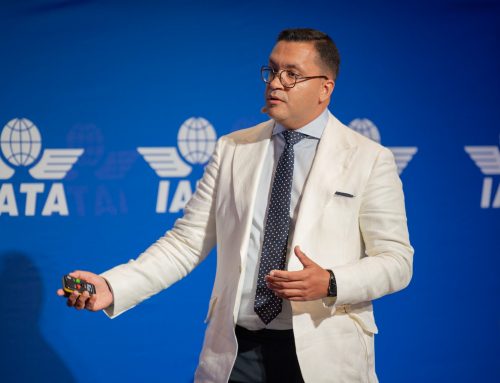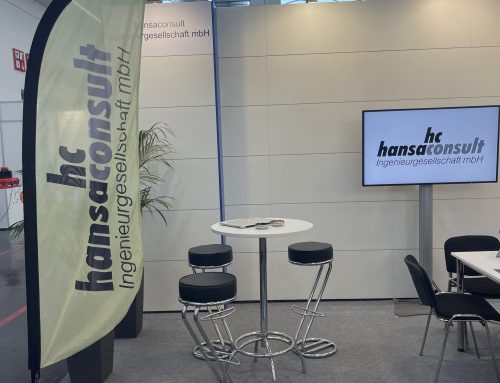Hansaconsult’s contribution at the Airports Arabia Conference on latest technologies in Aviation Fuel Infrastructure was well accepted by more than 250 participants.
The focus was on product quality, safety, compliance with regulations and standards while optimizing one’s investment and operating costs for a sustainable fuel infrastructure. Some state of the art concepts and tools available in today’s market were presented, along with their benefits. Each providing a means for a more efficient use of resources, lowering operating costs and the improved quality of a facility over it’s life expectancy. Some items discussed are listed below:
- Process simulation increases operational safety and cuts operational and investment cost to a minimum. To reduce the environmental footprint and achieve major energy savings. Dynamic simulation is a powerful tool to identify the most efficient parameters for operating any fuel facility and/or hydrant system.
Modern advances in pump control with flexible real-time response and adjustment to fuel pressure and flow rate demand can save energy costs and reduces carbon footprint. In most cases, investment costs can be returned in a surprisingly short period and clearly show significant cost savings over time.
- Reliable Tightness Integrity Monitoring is simply a must for reducing risks related to environment, health and safety as well as economic losses.
- The automation of apron into-plane activities can be achieved by state-of-the-art into-plane managements systems that are integrated in the Flight Information (Display) System FI(D)S with electronic fuel ordering, optimization of staff and equipment and e-ticketing. These tools provide point in time fuel storage management tools, while reducing manpower and costly accounting mistakes.
The subsequent vivid panel discussion reflected the consensus of the industry on sustainability and going green concepts across all airport activities.



